Sleep is vital for health and healing. Hormones released at night are responsible for cell growth and repair. We also need quality sleep for healthy cognitive functioning and so we can complete everyday tasks. A lack of sleep can lead to confusion, delayed healing, immunosuppression, elevated blood pressure, decreased pain tolerance, and many other negative effects.
If you have an ostomy, your quality of life may be impacted by the condition of the skin around your stoma (i.e., your peristomal skin), and issues like pouch ballooning and leakage. One area often not given much attention is how having an ostomy affects your sleep. Based on anecdotal evidence (i.e., clinician experiences and patient stories), we know that living with an ostomy can negatively impact sleep. But to what extent?
Ostomy Sleep Survey
To answer this question, Hollister Incorporated conducted an Ostomy Sleep Survey1. The results revealed some interesting insights on how having a stoma impacts sleep and on how ostomates address their sleep issues.
To conduct this research, we collaborated with product distributors and patient organizations to provide nearly 6,000 people with a detailed 15-question online survey. Participants varied in type of ostomy and length of time living with an ostomy.
The survey included both those with healthy and unhealthy/compromised peristomal skin. Nearly 60% of participants were in the unhealthy category, although most of them (40%) reported only reddened skin and no other symptoms. (n=5,690)
The impact of sleeping with an ostomy
Many people experience interrupted sleep for various reasons, including insomnia, sleep apnea, stress, and environmental factors. However, those with an ostomy have an added layer of potential sleep disruption.
The survey results provided strong evidence of an ostomy’s impact on sleep:
- Nearly 50% of respondents said their pouching system disrupted their sleep in the past 30 days (n=5,648)
- 75% experienced pouch-related sleep disruptions at least once a week (n=2,476)
- 64% of participants — nearly 2 in 3 — cited pouch ballooning as a sleep disrupter (n=2,676)
- 50% said that sleep disruption was due to pouch leakage or worry that the pouch would fail (n=2,676)
- Nearly 20% said their sleep was disrupted by itchy skin with no visible sign of irritation (n=2,676)
To read more about the data collected and how to address sleep disruptions, keep reading here.
This article was contributed by Hollister Incorporated. Hollister Incorporated is a proud sponsor of United Ostomy Associations of America and dedicated to delivering the highest standard of quality in ostomy care products. For more helpful resources, visit http://www.hollister.com/ostomylearningcenter.
Please make sure to consult with your healthcare professional for further guidance and instruction. The information provided herein is not medical advice and is not intended to substitute for the advice of your personal physician or other healthcare provider. Hollister is a trademark of Hollister Incorporated.

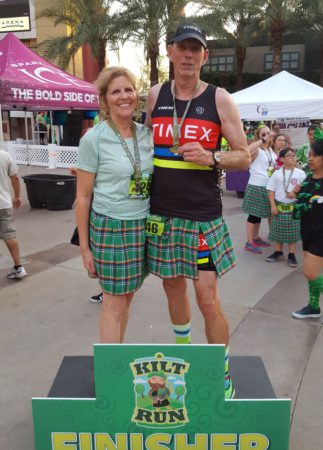 sport, exercise and stay away from bad habits in life. Chris played basketball and ran track, being nominated for all state in both sports. Receiving a basketball scholarship, and motivated by teachers and coaches, Chris majored in Kinesiology and Science from The Master’s University and became a teacher.
sport, exercise and stay away from bad habits in life. Chris played basketball and ran track, being nominated for all state in both sports. Receiving a basketball scholarship, and motivated by teachers and coaches, Chris majored in Kinesiology and Science from The Master’s University and became a teacher.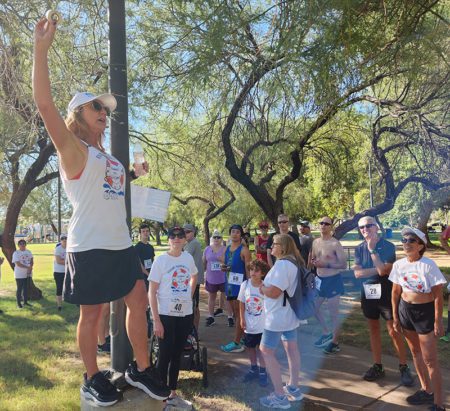 As time went on and recovery was underway, Chris set a goal to run a 5k. Not able to keep up with his wife, she encouraged him to walk, jog, and run. Hydration was always important as part of Chris’ races, but not having a colon taught him he had to be even more diligent about it. During
As time went on and recovery was underway, Chris set a goal to run a 5k. Not able to keep up with his wife, she encouraged him to walk, jog, and run. Hydration was always important as part of Chris’ races, but not having a colon taught him he had to be even more diligent about it. During 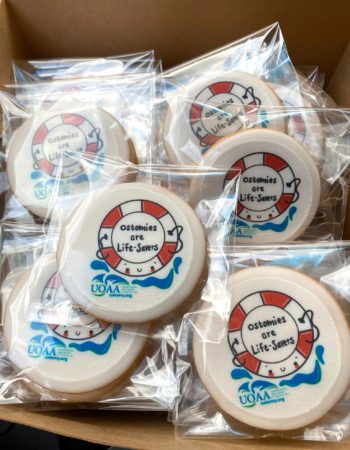
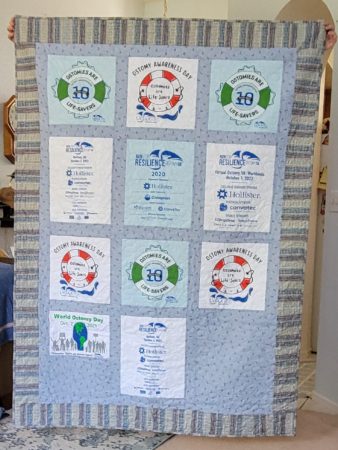
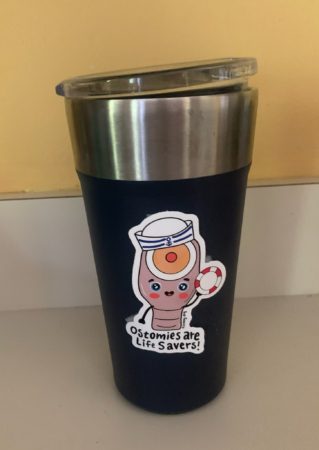
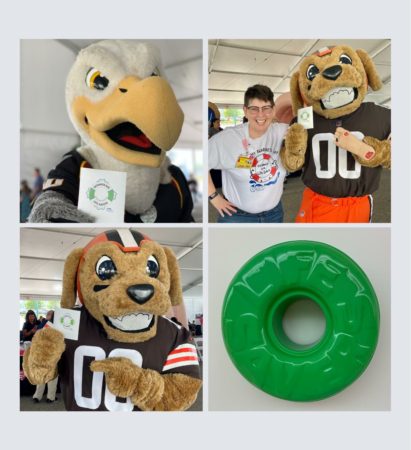
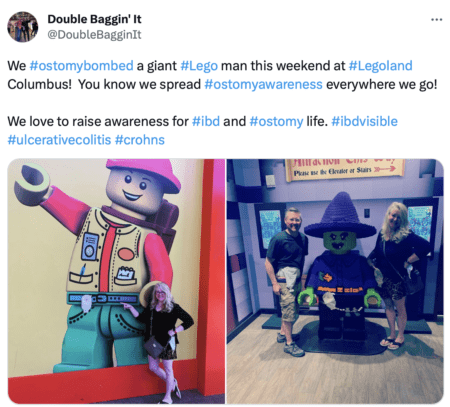

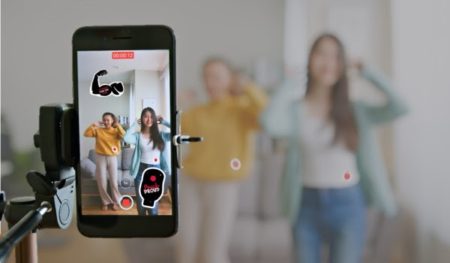


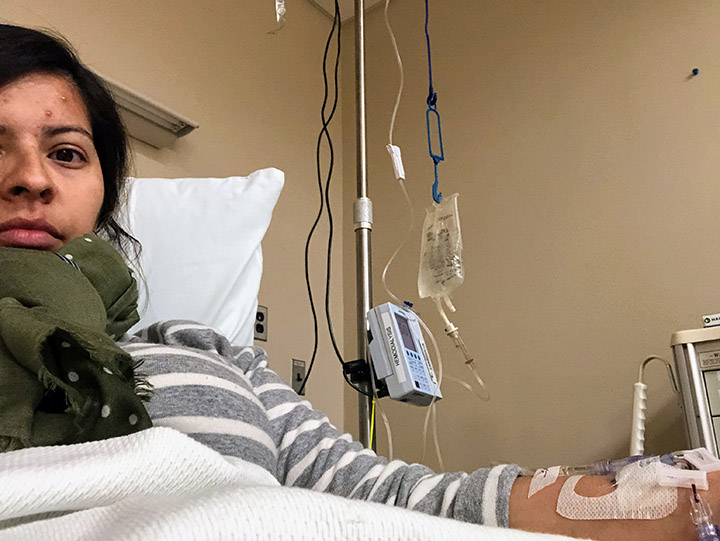
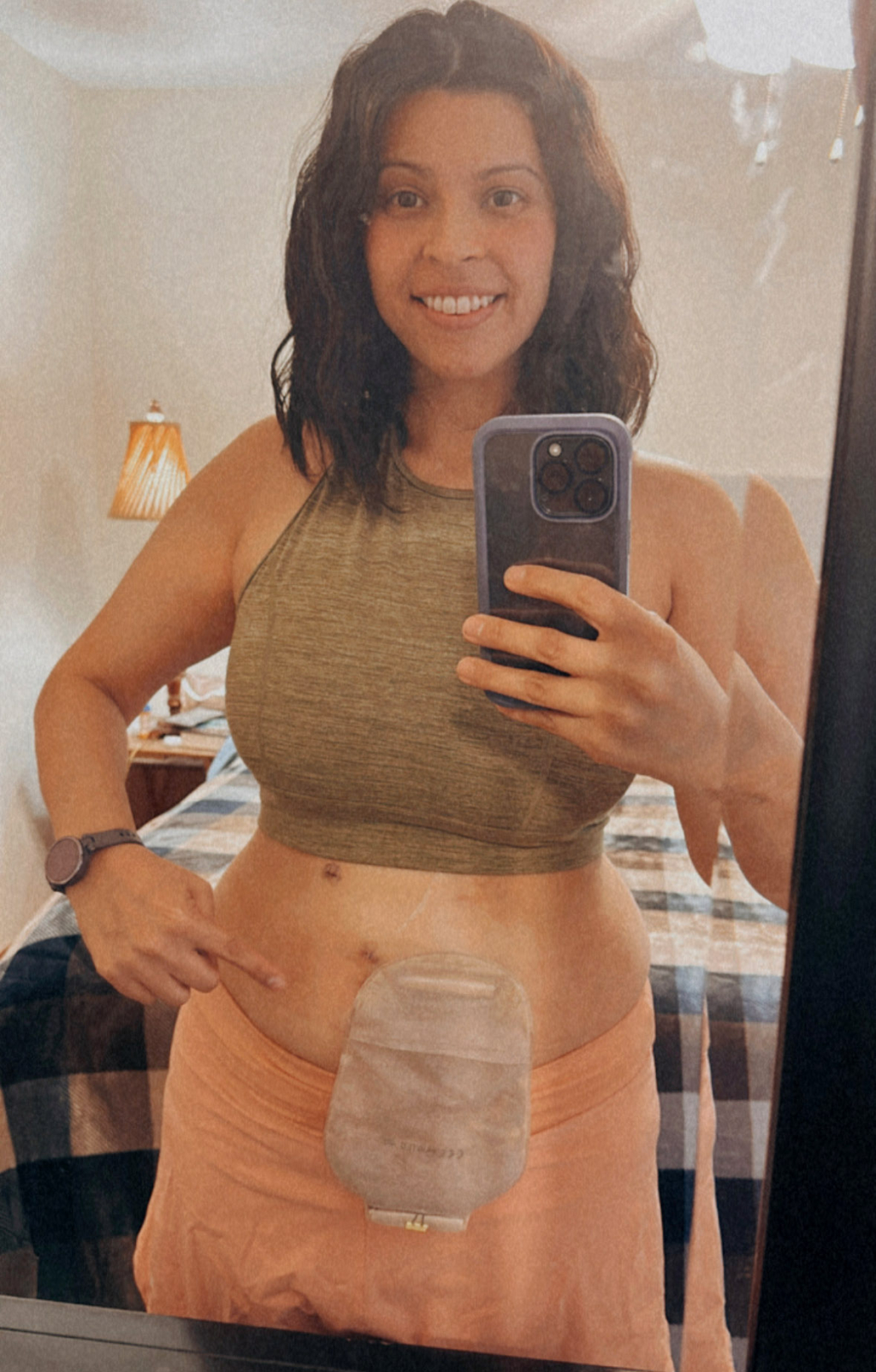
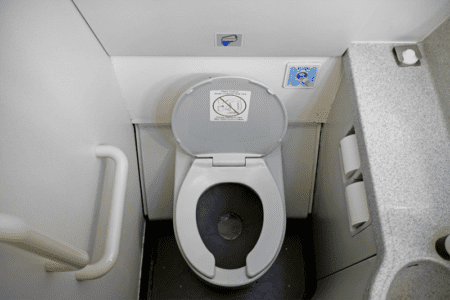
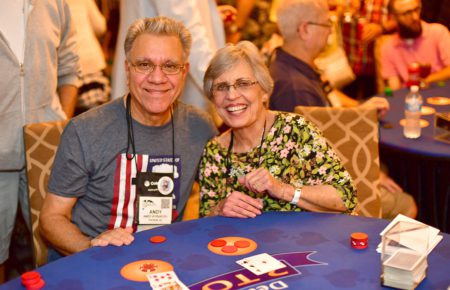
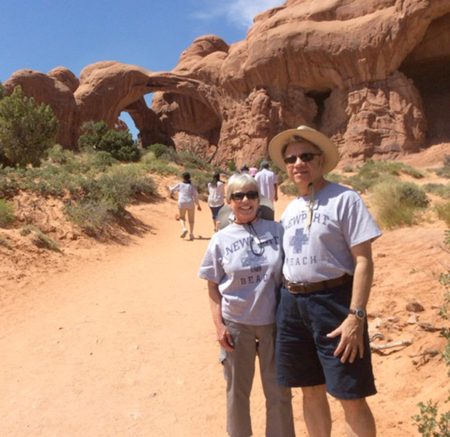 the next few years they met up in New Orleans, Virginia, Cleveland, Hartford and of course at the next UOA conference in 2005 in Anaheim.
the next few years they met up in New Orleans, Virginia, Cleveland, Hartford and of course at the next UOA conference in 2005 in Anaheim.


